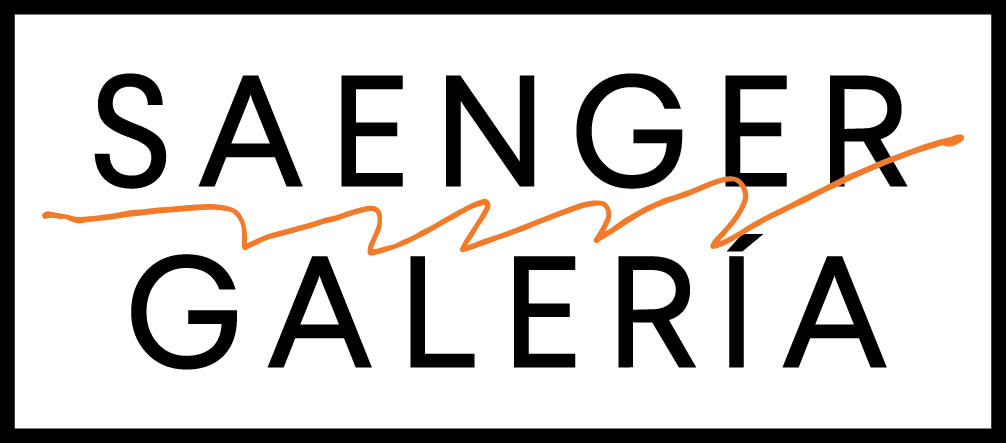¿Cómo se construye un río? - A duo show by Madeline Jiménez Santil and Nicole Chaput: Co-curated by Haydeé Rovirosa and Yina Jiménez Suriel
How is a river constructed? Creating a corpus that exists in constant motion and, after being exposed to the unstable, deforms as often as needed to exist.
To ask about creating a river is to ask about creating an amphibious body. The river exists as a corpus as far as it can constantly adapt its morphology. Furthermore, a river is not possible without the existence of other living beings inside and around it, just as the recognition of interdependence to guarantee its survival is the driving force of the amphibious. In Western and westernized imagination, anchored in the principles of the stable and the binary, a human body with differentiated motor and sensory abilities to inhabit many different geographies cannot exist. That is why alienating the species from its desire —in the words of Suely Rolnik, the vital drive— homogenizing said desire or directly commodifying it has been the only interest of the West and the socioeconomic systems generated. The mere mention of amphibious bodies in the human species reveals the death of said imagination. Although we currently continue to inhabit its ghost, little by little, we have allowed ourselves to reconcile with the possibility of inhabiting different worlds. Not only to exist as people but as a methodology and strategy to create other imaginations in which to live. Ones in which both massification and the dissolution of differences are not intrinsic parts of collective power management.
To think about possible answers to the title of this project, the paths we have created so far must be retraced so that we push ourselves to generate these amphibian bodies: the modification of the perceptive system and the displacement of morphological capabilities and configurations.
How would it be possible for contemporary aesthetic thinking —and the symbolic spaces it circulates— to help bring us closer to amphibious possibilities? One must consider that since its appearance in close connection with modernity, the exhibition space has been a critical place for the grooming and homogenization of a concrete form of perception. However, it´s currently one of the spaces with greater freedom for circulating ideas in the public realm.
The first chapter of this project titled: reflujos. no siempre se puede ver el viento construir el paisaje [reflux. One can´t always see the wind shaping the landscape], was shown within the framework of Salón Acme in February. Here, we set out to see what would happen if exhibition time subverted the conventional logic of experimenting with things. If exhibition time were time in motion, if it were a flow of shapes that come in and out, that relate to their exterior without disregarding their interior… what happens is chaos and contradiction. From that experience, we carry on towards this new chapter, in which we seek to relate bodies goosebumped with stones, but from different perspectives.
Madeline Jiménez Santil´s strategy has been creating machine bodies that simultaneously are a code language. The artist seeks to make our perceptual system aware of constant motion —which, by incorporating variation, makes a non-place a liveable place—. From there on, we could expand our subjectivities so that they continue to be opaque in complex worlds: language, imagination, vital drive, and words that are easy to write but not infiltrate into our daily lives. Indeed, having amphibious capabilities is a thing of slow times, of accumulating experiences. Likewise, Madeline’s practice must be approached as an open-source code of an investigation done in parts... a constellation of languages to come and the construction of structures for virtual worlds to emerge.
How is a river constructed? Creating a corpus that exists in constant motion and, after being exposed to the unstable, deforms as often as needed to exist. In Nicole Chaput’s practice, the consciousness of visual images´ power to turn the repulsiveness around the female body into an instrument of seduction has generated meticulous attention to the strategy of deformation germinating inside the human body to approach desire.
However, they are not only anatomical realities but also symbolic cartographies of different transformations of the feminine. Precisely there lies a certain familiarity and identification with the mirror images that Nicole creates. Images through which she unfolds and materializes bodies of the present, ferocious like all that inhabits the interstice of what is dying and what is just being born. How is a river constructed? Creating a corpus that exists in constant motion and, after being exposed to the unstable, deforms as often as needed to exist.
– Yina Jiménez Suriel


